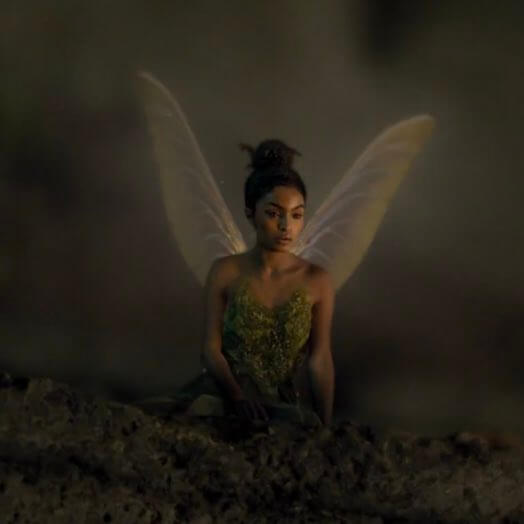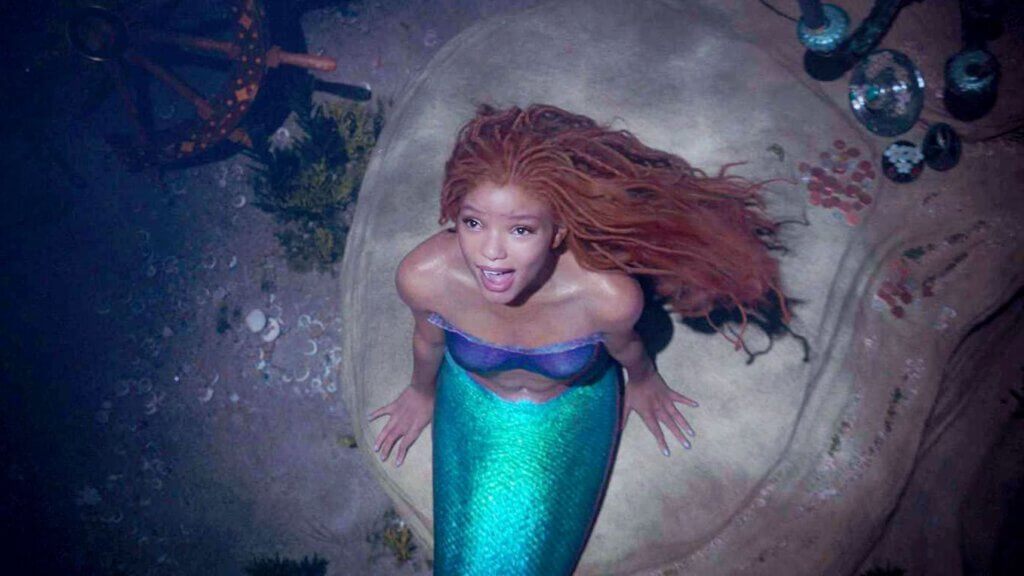The New Racebending: Navigating the Changing Landscape of Film Diversity
In light of the recent releases of The Little Mermaid, featuring Halle Bailey, and Peter Pan & Wendy, starring Yara Shahidi, the discussion around racebending fictional characters has gained even more significance. Initially, this topic made me quite furious, as online comments often revealed deeply racist sentiments. The unwarranted backlash faced by Yara and Halle for taking on these roles is utterly undeserved. However, it’s reasonable to feel disappointed about racebending, but for the right reasons.
Let me be clear about the core issue at hand: the urgent need for representation of characters of color on screen. Growing up as a woman of color in a predominantly white country was challenging. I rarely saw individuals who resembled me in prominent positions, or even as a store manager at H&M. Cartoons were a cherished pastime, but from an early age, I realized there were no relatable characters. None of the beloved princesses looked like me, and my young mind associated popularity and recognition with this lack of representation. This issue extended beyond cartoons.
Over the years, we have witnessed a gradual increase in representation of people of color (POCs) in various fields, as it should be. However, it’s crucial to remember that diversification has become somewhat of a profit-driven strategy for large corporations. With the aim of capitalizing on new markets, ‘diversity’ has also become a commercial tool. For a company with a history of racism scandals, the smartest public relations move is to advertise black characters and celebrities, and perhaps hire a few. Despite the progress made, underrepresentation was prevalent just a few years ago, and there is still much work to be done. Nevertheless, I’m glad to see increased representation, even if it’s motivated by commercial interests.


Now, let’s delve into the matter of this surge in “new representation.” What I find outrageous is how companies blatantly aim to diversify by lazily altering the race of existing characters merely for the sake of checking off their ‘Black representation’ box. Truly meaningful progress would involve including a black princess from the start. However, since that wasn’t the case, creating all-new characters with captivating storylines, on par with the original ones, would be a worthwhile endeavor—perhaps without turning them into frogs. While I adore movies like Soul and The Princess and the Frog, I can’t help but feel disappointed that the racially ambiguous prince spends the majority of the film as a frog. By hiding a character’s race and only alluding to their ethnicity through dialect and mannerisms, stereotypes are perpetuated. The same can be said for the protagonist in Soul, the crab in The Little Mermaid, the dragon in Mulan, and even the donkey in Shrek.
However, I do acknowledge outstanding efforts where they exist. If an old character undergoes a transformation, it must be executed as effectively as in Spiderman: Into the Spider-Verse. On the other hand, the recent rendition of Velma on HBO was a major letdown, as it only stirs up unnecessary anger.
Let’s redirect our frustration towards underrepresentation. People of color have long been upset about the whitewashing of characters, but it was never addressed so prominently. Let’s refocus our attention on creating characters that genuinely excite and resonate with the new generation. Characters that, when children visit a toy store, they find the original doll reflecting their own race—black or brown.
Additionally, let’s not dismiss new representation outright. If a movie is good, let’s appreciate it for that reason. If it falls short, that’s alright too—bad movies are bad movies. But if we’re going to be angry, let’s direct that anger towards racebending, which perpetuates the ongoing underrepresentation of original diverse characters.



























